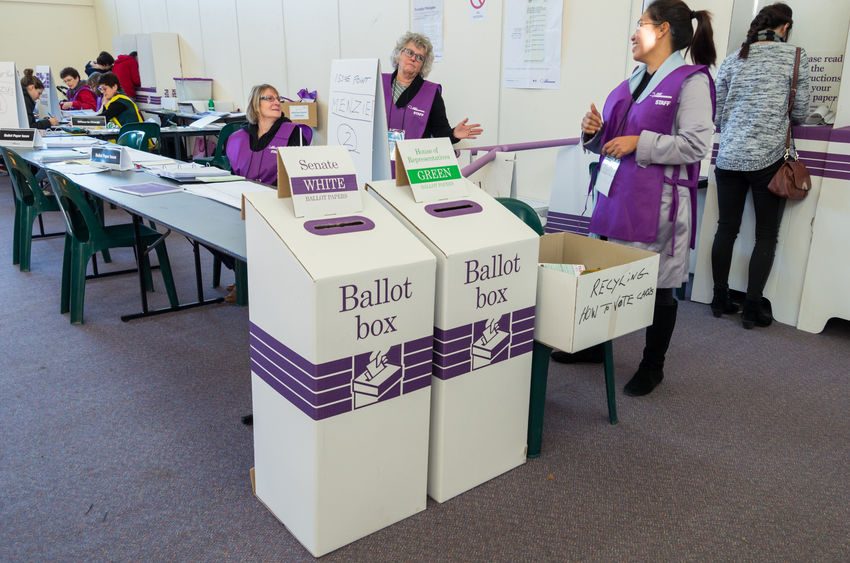This article is from the Australian Property Journal archive
THE Morrison government is at risk of losing battleground seats in Tasmania and Queensland and Labor’s grasp on a NSW seat could be at risk in the upcoming election as housing affordability for essential workers takes centre stage.
Outgoing Health and Aged Care Minister Greg Hunt’s seat of Flinders is also home to growing concerns about affordability.
Survey results from the “Everybody’s Home” campaign show an overwhelming majority of voters in Bass, which includes Launceston, and Longman, north of Brisbane, Gilmore in NSW and Flinders believe it to be “hard” or “very hard” for people on low to middle incomes to buy or rent.
Bass and Longman seats were clinched by the Coalition in 2019 thanks to sizable swings in the two-party-preferred vote.
In Longman, 72% and 75% of the 1,025 voters believed it to be hard or very hard for people on low-to-middle incomes to buy and rent respectively. Nearly two-thirds believed the federal government had not done enough to address housing affordability, and 70% thought there was not enough social and affordable housing.
Respondents preferred social and affordable housing (24%) or greater financial support for low-income renters (30%) as solutions to the crisis over first home owner grants (14%).
Terry Young of the Liberal National Party holds the seat thanks to a two-party-preferred swing of more than 4% in 2019.
The story was similar in Bass, where the Liberal party’s Bridget Archer narrowly won the seat in 2019 following a 5.83% swing. Nearly three-quarters of the 637 voters surveyed thought it was either hard or very hard for and 77% said the same about renting.
More than two-thirds believed the federal government had not done enough to address housing affordability while 71% thought there was not enough social and affordable housing for people struggling in the housing market. Respondents also clearly preferred social and affordable housing or greater financial support for low-income renters as a solution to the crisis than first home owner grants.
Rents in Launceston are up 7%, meaning essential workers must now hand over more than half their weekly income to pay the rent, while rents in the Sunshine Coast and northern Brisbane have soared 20% and 14.7%. The average child care, aged care or supermarket worker on the Sunshine Coast now forks out more than three-quarters of their weekly pay on rent. In Northern Brisbane it is close to 60%.
Fiona Phillips won Gilmore for Labor in 2019 with a 3.34% swing in the two-party-preferred vote.
“Rents have surged while incomes have barely budged,” said Kate Colvin, national spokesperson for Everybody’s Home.
“An ever-greater chunk of wages is going to rent and it’s pushing people in key jobs like aged care, child care and supermarkets to the brink of homelessness and poverty.”
“Politicians who propose solutions that work, such as more social and affordable housing, will successfully connect with voters.
“Voters are rejecting band-aid solutions like first home owner grants because they know we need to give renters on low and modest incomes the stability of a secure home.”
“People on modest incomes now have to fight tooth and nail to get a home and maintain it. It shouldn’t be this difficult to keep a roof over your head in a wealthy country like Australia,” Colvin said.




